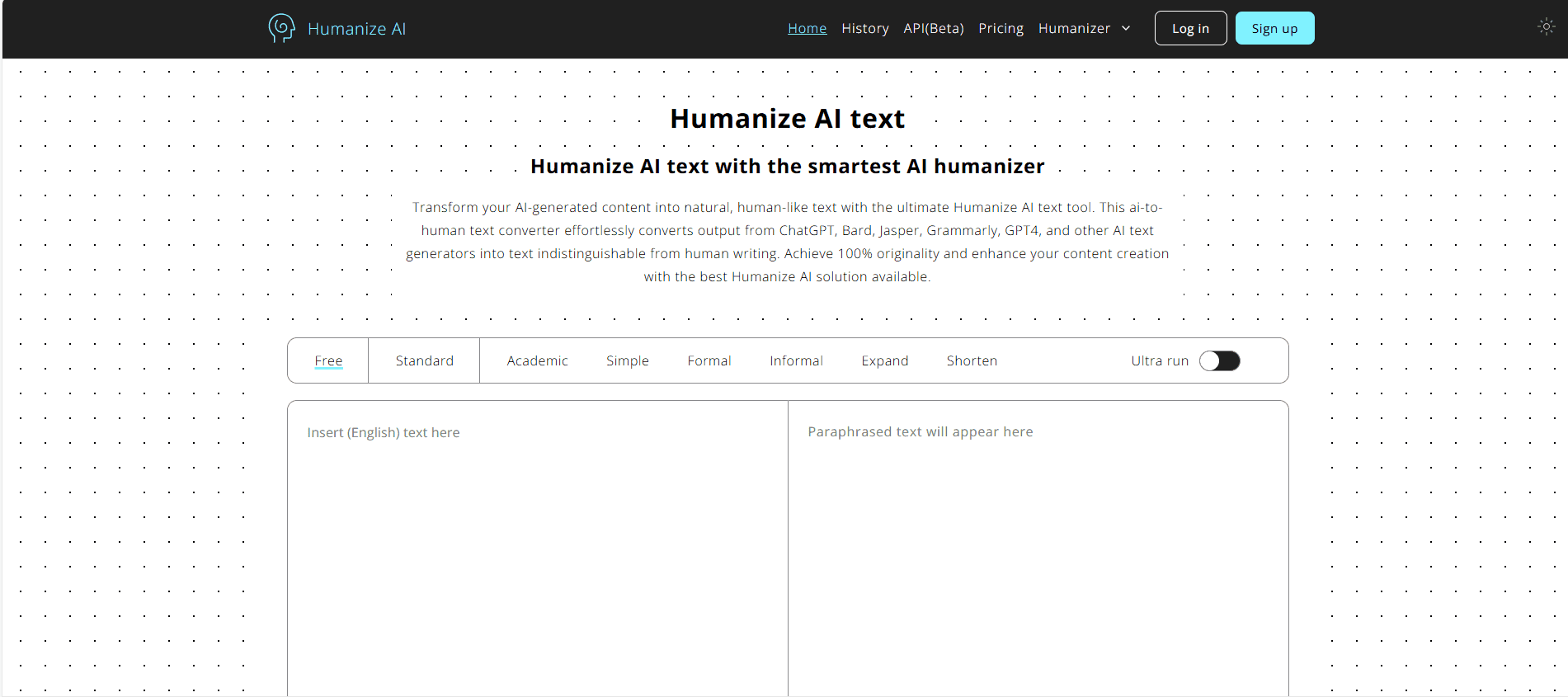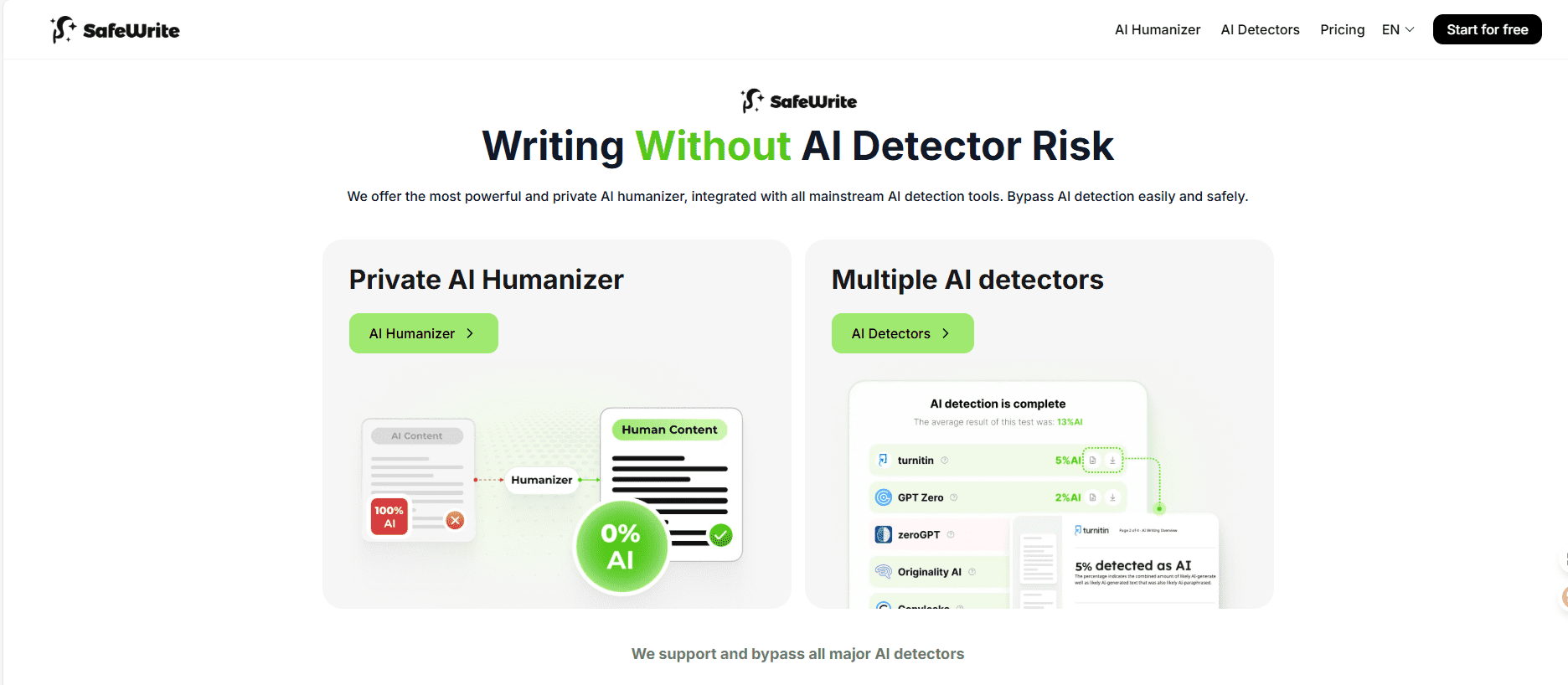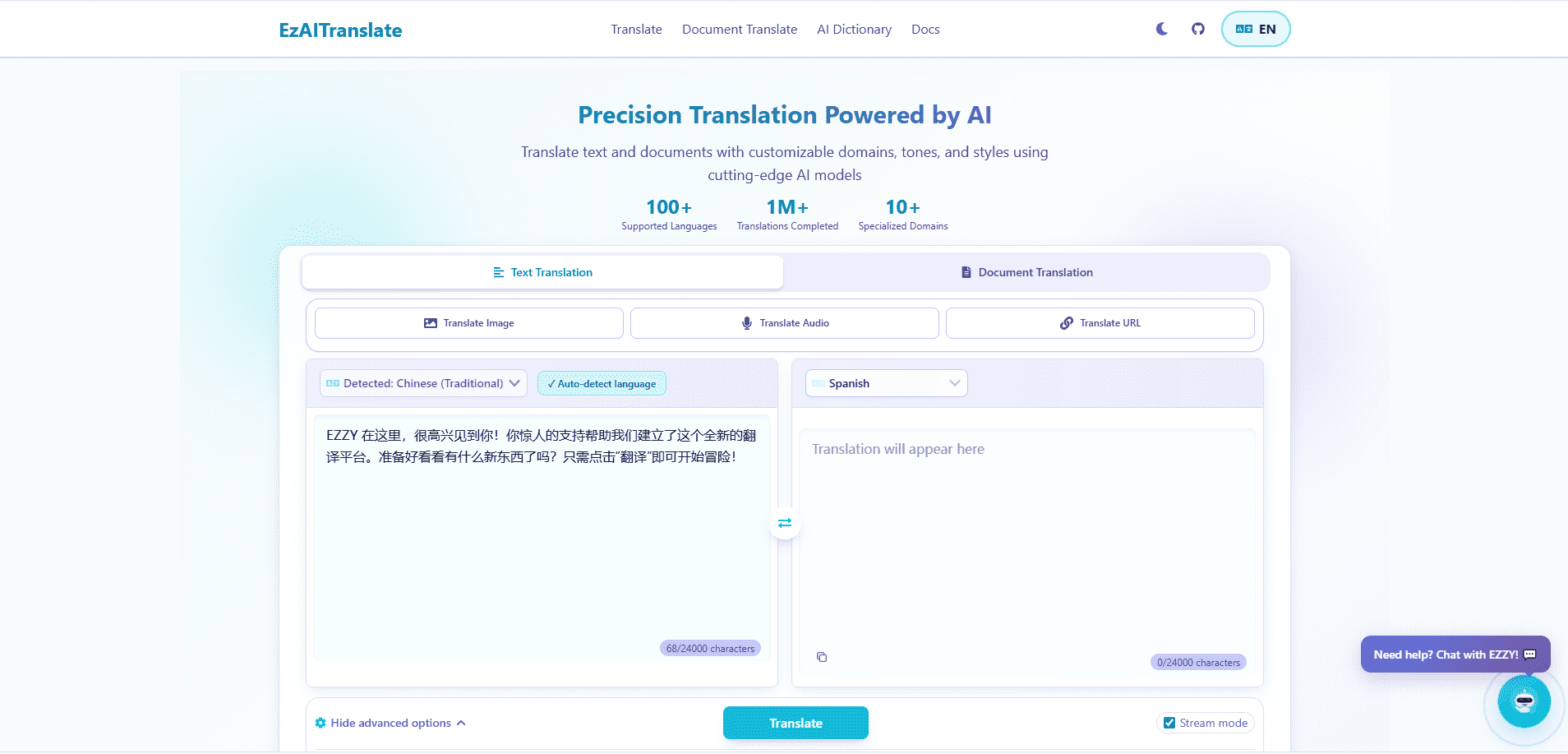A few months back, OpenAI introduced the GPT Store, a marketplace where users can create and list AI-powered chatbots tailored for various tasks, such as coding assistance or trivia answering. While the GPT Store offers impressive capabilities, it mandates the use of OpenAI’s models exclusively, which has drawn some criticism from both chatbot creators and users who prefer more flexibility.
In response, several startups are stepping up to provide alternatives.
FlowGPT: The New Frontier for Generative AI Applications

As the demand for innovative AI solutions continues to grow, FlowGPT stands out as a promising platform that aims to democratize the development and sharing of generative AI applications. Co-founded by tech visionaries Jay Dang and Lifan Wang, FlowGPT is positioned to transform the landscape of AI by providing users and creators with the tools they need to harness the power of generative models.
A Vision for Accessibility
FlowGPT was born out of a desire to simplify the process of creating and using generative AI applications. “There’s still a learning curve for users to engage with AI,” Dang explains. The platform focuses on lowering barriers to entry, ensuring that individuals, regardless of their technical background, can develop and utilize AI tools effectively. This commitment to accessibility means that even those new to the world of AI can find their footing and explore the potential of generative technologies.
An Ecosystem for Creation
Dang describes FlowGPT as an “ecosystem” for GenAI applications. This ecosystem encompasses a range of resources, including infrastructure, creator tools, and a supportive community. Users can easily navigate a marketplace filled with diverse apps tailored to different needs, whether they’re looking for creative writing aids, coding assistants, or educational tools.
Personalized Recommendations
One of the standout features of FlowGPT is its personalized recommendation system. Users receive a tailored feed of app suggestions based on trending categories such as “Creative,” “Programming,” “Game,” and “Academic.” This functionality helps users discover new applications that align with their interests, making the experience more engaging and relevant.
Empowering Creators
For creators, FlowGPT offers a wealth of customization options. Developers can tailor the behavior and appearance of their generative AI apps, ensuring that their creations stand out in the marketplace. This flexibility encourages innovation, as creators can experiment with different functionalities and design elements, ultimately enriching the user experience.
Earning Opportunities
In addition to fostering creativity, FlowGPT provides a unique opportunity for creators to monetize their work. By making their applications publicly available, developers can earn tips from users who appreciate their contributions. This model not only incentivizes quality but also builds a sense of community among creators and users alike.
User Interaction and Functionality on FlowGPT
FlowGPT offers an intuitive user interface that allows individuals to interact seamlessly with generative AI applications. At the heart of this experience is a chat window reminiscent of ChatGPT, providing users with a familiar environment in which to engage with AI.
Intuitive User Interface
Users can easily type prompts into the chat window, giving them the freedom to explore various applications. Feedback mechanisms like thumbs-up and thumbs-down options allow users to rate their experience, ensuring that the platform continually improves. Additionally, users can share links to their conversations or tip individual app creators, fostering a sense of community and appreciation for creativity.
Detailed App Information
Each application on FlowGPT has a creator-provided description that offers insight into its functionality and purpose. Users can see crucial details such as the app’s creation date, usage statistics, and the recommended model to power it. This transparency helps users make informed decisions about which applications to explore.
The Core of FlowGPT: Prompt Engineering
At their essence, FlowGPT apps are built around prompts designed to elicit specific responses from generative AI models. These prompts act as the foundation for how the applications function. For example:
Scared Girl from Horror Movie: This app instructs the AI to narrate a horror story featuring a frightened protagonist, allowing users to delve into creative storytelling.
TitleTuner: Aimed at optimizing headlines, this app prompts the AI to refine titles to enhance their search engine ranking potential.
SchoolGPT: This educational tool utilizes AI for step-by-step solutions to complex math, physics, and chemistry problems, making learning more accessible.
Challenges with Model Variability
While FlowGPT predominantly relies on ChatGPT, users may notice that some prompts do not function as intended when switching to different models. This variability can stem from a few factors:
Model Capabilities: Not all models possess the same capabilities. Some prompts may require specific features or understanding that only certain models provide.
Filters and Safeguards: Occasionally, a prompt may run into limitations due to the filters and safeguards imposed by alternative models, which could restrict the desired output.
Enhancing User Experience
To address these challenges, FlowGPT is continually refining its platform. By focusing on improving prompt compatibility across different models, the team aims to enhance user satisfaction and broaden the applications’ usability. The goal is to ensure that users can enjoy a seamless experience, regardless of which generative AI model they choose to utilize.
Navigating Safeguards and Ethical Challenges on FlowGPT

As the landscape of generative AI evolves, FlowGPT finds itself at the crossroads of innovation and responsibility. While the platform enables users to create and share a wide array of AI applications, it also faces significant challenges regarding safety and ethical considerations.
The Emergence of Jailbreak Apps
Among FlowGPT’s offerings are popular apps that attempt to circumvent established safety measures of generative AI models. These so-called “jailbreaks” are designed to push the boundaries of what AI can do, often by using prompting techniques like DAN (Do Anything Now) to elicit unrestricted responses. This has resulted in multiple versions of DAN appearing in the marketplace.
Potentially Harmful Applications
Some apps on FlowGPT raise significant ethical concerns. For example, WormGPT claims to code malware and link to paid versions on the dark web, while dating simulators challenge OpenAI’s guidelines against promoting unhealthy romantic interactions. The risks associated with these applications are compounded by the presence of therapy apps that may mislead users seeking genuine help. Studies have shown that generative models like ChatGPT can provide dangerously poor health advice, failing to refer individuals to appropriate resources for critical issues such as suicide or addiction.
Reporting and Moderation Challenges
FlowGPT does provide users with the ability to report harmful content, including apps that offer inappropriate instructions, like creating deepfake images. Additionally, there is an option to toggle “sensitive content,” but reports indicate that this feature has limited effectiveness. Users often find that the app selection remains largely unchanged, raising concerns about the platform’s overall moderation capabilities.
Ethical Commitment and Public Safety
Despite these challenges, FlowGPT’s co-founder, Jay Dang, insists that the platform prioritizes ethical guidelines and public safety. He states that they are actively engaging with AI ethics experts to develop strategies aimed at mitigating risks associated with AI deployment. This commitment to ethics is essential, especially as the platform expands its user base and app offerings.
Investor Confidence in Open Ecosystems
Recent investments reflect a belief in FlowGPT’s potential to lead the way in generative AI. Goodwater’s $10 million pre-Series A funding round, with participation from DCM, highlights confidence in FlowGPT’s vision. Investor Coddy Johnson noted that the platform is “helping to lead the way” by offering users and creators unprecedented choice and flexibility.
The Path Ahead for FlowGPT: Challenges and Aspirations

As FlowGPT ventures into the evolving landscape of generative AI, it faces scrutiny, especially regarding its partnerships with model maintainers who prioritize safety. While the platform currently enjoys a degree of freedom, the implications of its approach may not be welcomed by all stakeholders involved.
Expanding Horizons
Despite the uncertainty surrounding vendor reactions, FlowGPT is forging ahead with ambitious plans for growth. The team is beta-testing mobile apps for both Android and iOS, aiming to enhance user experience and accessibility. This move aligns with their strategy to broaden their audience and solidify their presence in the competitive AI market.
Revenue-Sharing and Creator Support
In addition to mobile expansion, FlowGPT is developing a revenue-sharing model designed to benefit app creators. FlowGPT hopes to cultivate a thriving ecosystem that promotes creativity and collaboration by incentivizing creators to build and share innovative applications. Dang emphasizes the importance of a creator-focused platform, indicating a commitment to nurturing the community.
A Vision for Immersion
With millions of monthly users and rapid growth, FlowGPT believes it is on the cusp of significant advancements. Dang describes their mission as setting a new standard for immersion in AI-driven environments, creating a space where creativity can flourish without limitations. However, this vision must be balanced with ethical considerations and safety protocols.
The Road Ahead
As FlowGPT continues to innovate and expand, it remains to be seen how it will navigate potential pushback from model maintainers and the broader AI community. The platform’s ability to balance open creativity with responsible use of generative AI will be crucial to its long-term success.
While FlowGPT is laying the groundwork for an exciting future, the challenges it faces in ensuring safety and ethical use will shape its journey. The coming months will be pivotal in determining how far FlowGPT can go while adhering to its foundational mission.




















